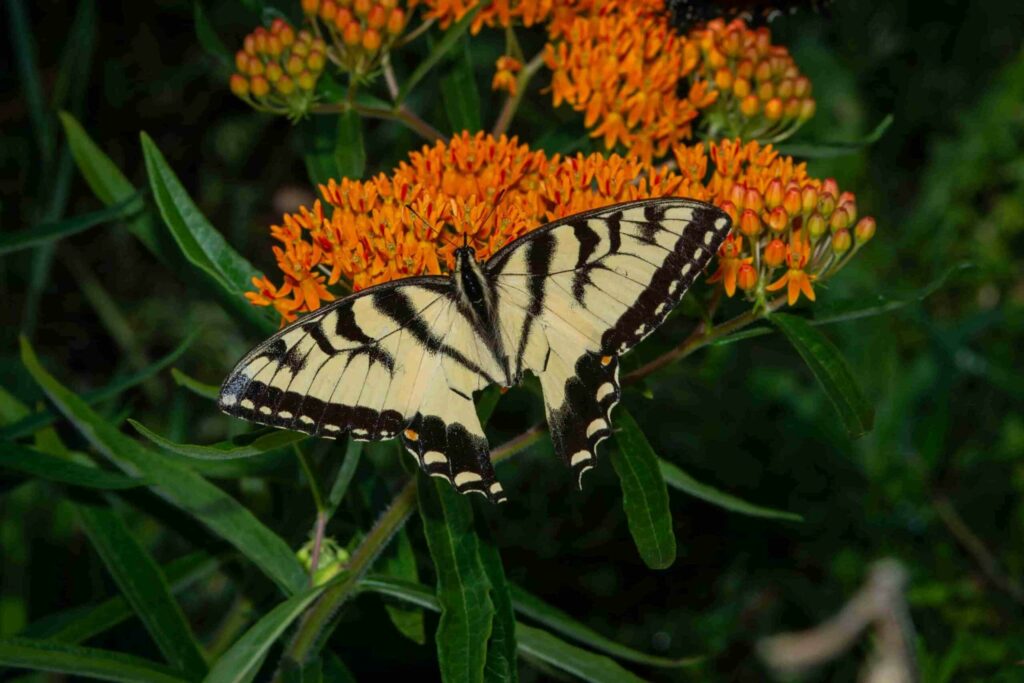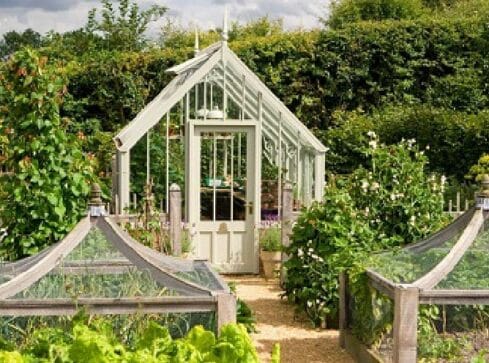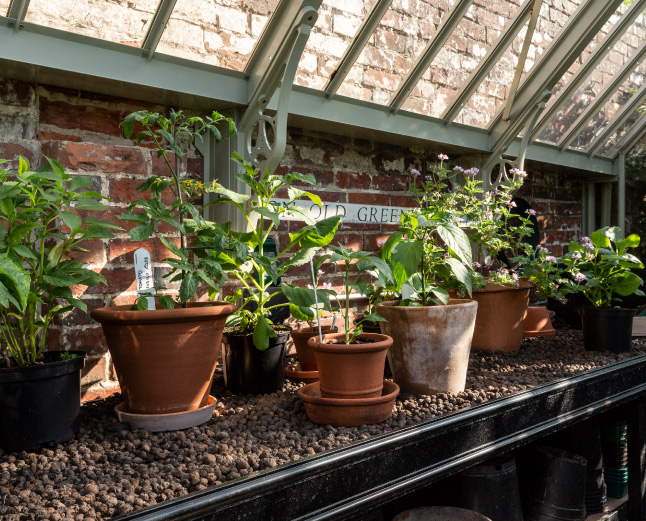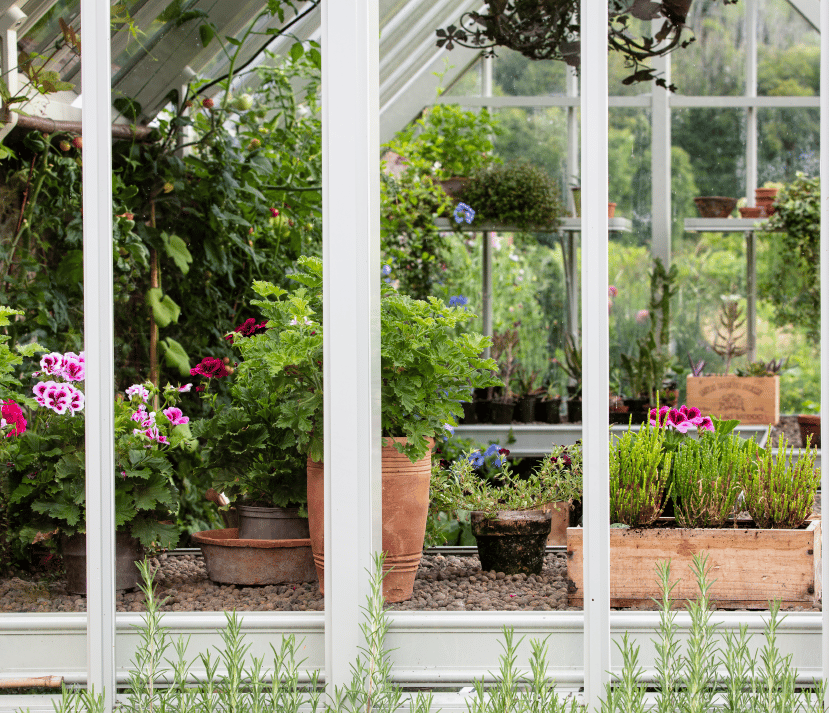
Sustainable gardening is more than just a trend; it’s a crucial approach to nurturing our gardens while protecting the environment. By adopting green practices, you’re not only creating a beautiful space but also contributing to a healthier planet. Sustainable gardening involves methods that reduce waste, conserve resources, and support local ecosystems. It’s about working with nature rather than against it.
In this article, we’ll explore a range of sustainable gardening practices that you can incorporate into your garden, no matter its size or type. From understanding the basics of sustainable gardening to discovering eco-friendly tips and methods, we’ll guide you through practical steps that make a difference.
The Benefits of Sustainable Gardening
Sustainable gardening offers significant benefits for the environment, your health, and your community. Environmentally, it conserves resources, reduces waste, and supports biodiversity by avoiding harmful chemicals and using organic practices. For your health, it provides safer, chemical-free produce and offers physical and mental wellness through gardening activities. On a community level, sustainable gardening fosters connections through shared produce and communal spaces, strengthening social ties and promoting collective environmental responsibility.
Eco-Friendly Gardening Practices
Sustainable gardening starts with eco-friendly practices that reduce waste and protect natural resources. Composting transforms kitchen scraps and garden waste into nutrient-rich soil, while natural pest control methods, such as using beneficial insects and organic sprays, help maintain garden health without harmful chemicals.
Organic Gardening
Organic gardening revolves around nurturing a garden ecosystem through natural processes, aiming to enhance soil health and plant vitality while avoiding synthetic chemicals.
Soil Health and Organic Amendments
A cornerstone of organic gardening is maintaining healthy soil. This involves enriching the soil with organic amendments such as compost, well-rotted manure, and green manures. These materials improve soil structure, enhance its nutrient content, and promote beneficial microbial activity. A well-balanced soil supports robust plant growth and helps retain moisture, reducing the need for additional watering.
Non-Toxic Fertilisers and Pesticides
In organic gardening, fertilisers and pesticides are derived from natural sources and designed to minimise harm to the environment and living organisms. Organic fertilisers, like bone meal, fish emulsion, and seaweed extracts, provide essential nutrients without the risk of chemical runoff. Similarly, natural pest control methods include the use of biological controls, such as introducing ladybugs to manage aphid populations, and homemade remedies, like garlic sprays, to deter pests. These approaches ensure that the garden remains a safe space for humans, pets, and beneficial insects.
Water Conservation
Efficient water use is essential for sustainable gardening. Rainwater harvesting systems, such as water butts, are a great way to collect and store rainwater for garden use. By capturing rainwater, you reduce reliance on mains water and make the most of natural resources. Complement this with efficient watering practices like drip irrigation, which delivers water directly to plant roots, minimising wastage and ensuring your plants get the right amount of moisture.
Our Greenhouse Rainwater Diverter is designed to make rainwater harvesting easy by redirecting water from downpipes into a storage butt, ideal for greenhouse watering needs.
Additionally, our internal Water Reservoir collects and stores rainwater within your greenhouse, providing easy access through a hand pump and keeping the water at a consistent temperature, further conserving resources and supporting a thriving garden.
What Plants are Best for a Sustainable Garden?
Selecting the right plants is fundamental to creating a sustainable garden. One of the most impactful choices you can make is opting for native and climate-appropriate species that are well-suited to your local environment. These plants are not only more resilient, but they also require less water and maintenance compared to non-native species. By selecting plants adapted to your local climate and soil conditions, you’ll support a healthy ecosystem and reduce the need for artificial interventions.
Native Plants for a Healthier Ecosystem
Native plants are a game changer in sustainable gardening. Having evolved in your local environment, they are naturally resilient to pests, diseases, and seasonal changes. They also require less water and maintenance, making them an eco-friendly option. Furthermore, native species provide essential food and habitat for local wildlife, supporting pollinators like bees and butterflies, birds, and beneficial insects.
Some excellent choices for native and climate-appropriate plants include:
Lavender: This fragrant beauty not only attracts pollinators but also thrives in well-drained soil, making it low-maintenance.

Echinacea (Coneflower): Known for its striking blooms, Echinacea is a magnet for butterflies and birds while being drought-tolerant.

Black-eyed Susan (Rudbeckia): A hardy perennial that adds vibrant colour to your garden and provides food for birds during winter.

Milkweed: Essential for monarch butterflies, milkweed is a must-have if you want to support these stunning pollinators.

By choosing these plants, you not only beautify your space but also promote biodiversity and a more balanced ecosystem.
Drought-Tolerant Plants for Water Conservation
Incorporating drought-tolerant plants into your garden is another excellent strategy for sustainable gardening. These plants are adapted to thrive in dry conditions, reducing the need for frequent watering and helping you conserve water. Drought-tolerant species include:
Succulents: Low-water plants that store moisture in their leaves, making them perfect for dry environments.
Ornamental Grasses: Resilient and low-maintenance, ornamental grasses like Blue Fescue and Feather Reed Grass can add texture and movement to your garden.
Lavender: Once again, lavender stands out for its drought resistance and ability to attract pollinators.
Pollinator-Friendly Plants for Enhanced Biodiversity
To further support local ecosystems, it’s crucial to incorporate pollinator-friendly plants. Species like bee balm, coneflowers, and milkweed attract essential pollinators such as bees, butterflies, and hummingbirds, contributing to the health of both your garden and the broader environment.
Propagation: Enhancing Sustainability
Propagation is a sustainable practice that promotes self-sufficiency and biodiversity in your garden. By growing new plants from existing ones, you can save money and reduce the need for commercial plant purchases.
Propagation helps you save resources and money while encouraging plant diversity. It also allows you to maintain plants suited to your local environment.
Set up a dedicated area in your garden for propagation, such as a propagator. This space will support your efforts in growing new plants and maintaining a sustainable garden. Pairing this with a potting shoe can streamline the propagation process, making it easier to transition from growing to planting.
Permaculture Principles
Permaculture is all about designing gardens that work in harmony with nature. Key techniques include companion planting, where you grow complementary plants together to boost growth and deter pests. For instance, marigolds can protect tomatoes from harmful insects.
Another principle is creating diverse plant layers. This means incorporating a variety of plants—ground covers, herbs, shrubs, and trees—to mimic natural ecosystems. This diversity supports soil health, attracts beneficial insects, and maximises space and resources.
By following permaculture principles, such as observing and interacting with your garden and using renewable resources, you build a resilient and low-maintenance garden that supports sustainability and adapts to natural processes.
Sustainable Garden Design
Sustainable garden design focuses on creating spaces that support the environment while being functional and aesthetically pleasing. Start with thoughtful layout and planning to ensure your garden optimises natural resources and minimises waste. For instance, consider incorporating rain gardens to capture and filter rainwater, reducing runoff and enhancing soil health. Green roofs can also be added to buildings to improve insulation and reduce stormwater runoff.
When designing your garden, choose sustainable materials like reclaimed wood or eco-friendly paving options. Energy-efficient garden tools, such as hand tools or electric models with minimal energy use, can further reduce your carbon footprint. These choices not only benefit the environment but also enhance the overall efficiency and beauty of your garden space.
Reducing Waste in the Garden
Managing waste effectively is essential for maintaining a sustainable garden. Start by recycling and reusing materials wherever possible. Upcycling old garden tools and containers into new, functional items not only reduces waste but also adds a unique touch to your garden. For instance, broken pots can become planters or decorative garden features.
Making use of garden waste is another key strategy. Fallen leaves, pruned branches, and other organic matter can be repurposed into mulch or compost, enriching the soil and reducing the need for store-bought soil amendments.
Embrace DIY solutions by creating your own compost and fertilisers. Composting kitchen scraps, garden waste, and paper products at home reduces landfill waste and provides valuable nutrients for your plants. You can also make natural fertilisers from materials like nettles or comfrey, which are rich in nutrients and environmentally friendly.
The Three Pillars of Sustainability in Horticulture?
Sustainable horticulture is about more than just growing plants; it’s about creating a balanced approach that benefits the environment, economy, and society. By focusing on three key pillars, gardeners can ensure their practices are holistic and impactful.
1. Environmental Sustainability
Environmental sustainability emphasises practices that protect and enhance natural ecosystems. This involves reducing the use of harmful chemicals, conserving water, maintaining soil health, and supporting biodiversity. Techniques such as organic gardening, water conservation, and habitat creation contribute to a healthier environment and promote ecological balance.
2. Economic Sustainability
Economic sustainability ensures that horticultural practices are financially viable and efficient over time. This includes optimising resource use to reduce costs, minimising waste, and exploring ways to increase productivity. By implementing cost-effective methods and sustainable resource management, gardeners can maintain a profitable and enduring practice.
3. Social Sustainability
Social sustainability focuses on the human aspects of horticulture, including fair labour practices, community engagement, and education. It involves supporting local communities, ensuring equitable working conditions, and raising awareness about sustainable practices. By fostering a knowledgeable and engaged community, sustainable horticulture can create lasting positive social impacts.
At Alitex, sustainability isn’t just a buzzword—it’s a core value. As an ethy verified business, we’re deeply committed to promoting eco-friendly practices and supporting a greener future. Our dedication to sustainable gardening reflects our broader mission to create products and practices that are as kind to the environment as they are to your garden.
We hope this guide has inspired you to cultivate a garden that’s not only beautiful but also beneficial to our planet. Remember, every small step towards sustainability helps make a big difference. So, let’s keep growing green and cultivating change together. Happy growing!











